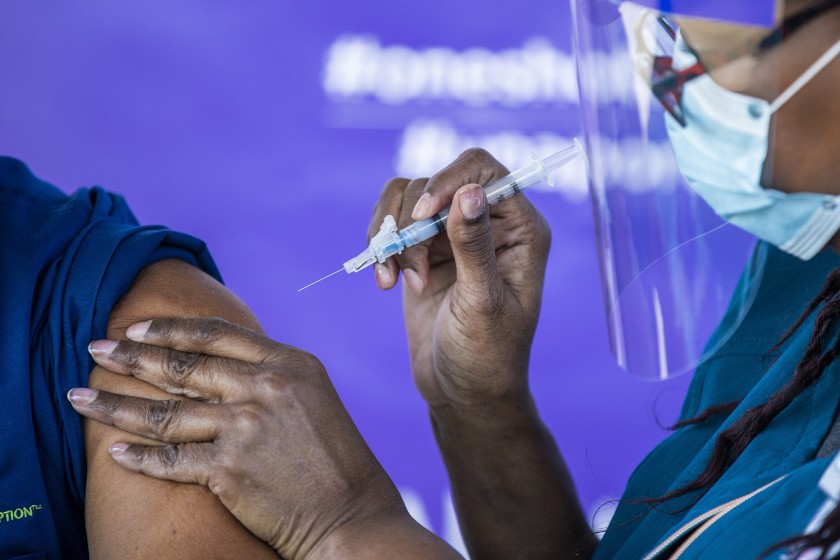February 4th, local time, the School of Pharmacy of the University of Pittsburgh and the Western Center for Health Policy released a study showing that the density of coronavirus vaccination sites in African-American communities is significantly lower than that of white communities.
African Americans should not be forgotten in the coronavirus vaccination system, said Barang Block, an associate professor at Pittsburg University, the author of the report.
According to data released by the Centers for Disease Control and Prevention recently, there is a significant racial difference in the vaccination of the United States against the novel coronavirus.
Africans account for 13.4% of the total population of the United States, but only 5.4% of the vaccines have been distributed. Such racial disparities are particularly evident in low-income minority communities.
Take Mississippi, which has the highest proportion of African-American residents in the United States, where African-American residents account for 38%, but only 17% of the vaccine has been vaccinated.
The serious shortage of medical resources is the main reason for this phenomenon.
Take residents of Jackson City, Glendora County, Mississippi, for example, the nearest hospital is 32 kilometers away from the city, and the nearest hospital that can provide coronavirus vaccination is 48 kilometers away.
And Haynes County, the state’s most densely populated, did not show its first coronavirus vaccination site until January 21, nearly 40 days later than other major cities in the United States.
At the same time, for low-income and minority communities, this natural barrier is creating a chain reaction.
The fastest way to get a vaccine now is to make an online appointment, and many relevant information is published through social media, making it difficult for low-income minorities who lack online resources to compete with other groups.



